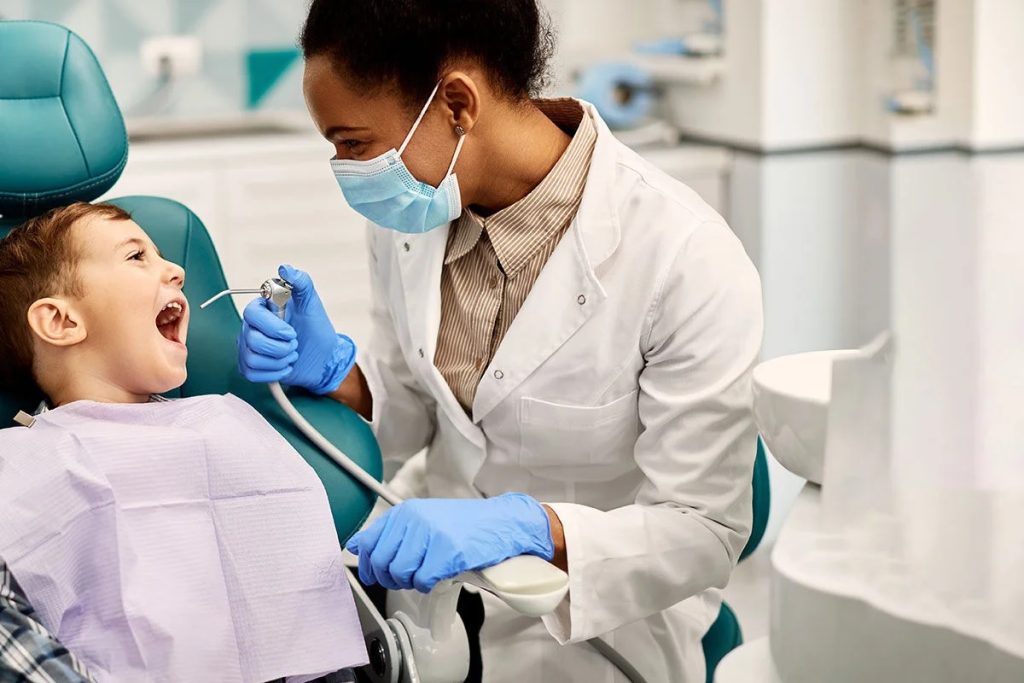Oral health plays a crucial role in overall well-being, yet critical issues persist that require comprehensive understanding and targeted interventions. The state of oral health is reflective of broader public health challenges, with disparities in access to care, preventative education, and socio-economic factors contributing to the prevalence of issues such as cavities, gum disease, and oral cancers.
Common Oral Health Issues
Cavities and Tooth Decay – Cavities remain a prevalent oral health concern, particularly among children and adolescents. Poor dental hygiene practices, excessive sugar consumption, and limited access to dental care contribute to the development of cavities. Educational campaigns emphasizing the importance of regular brushing, flossing, and routine dental check-ups are essential in preventing and addressing this issue.

Gum Disease – Periodontal or gum disease affects a significant portion of the population, ranging from mild gingivitis to severe periodontitis. Poor oral hygiene, smoking, and systemic health conditions can contribute to the progression of gum disease. Early detection, go to the site regular dental cleanings, and lifestyle modifications are vital in addressing and preventing the advancement of this condition.
Oral Cancers – Oral cancers pose a serious threat to public health, with risk factors including tobacco use, excessive alcohol consumption, and human papillomavirus HPV infection. Raising awareness about the importance of regular oral cancer screenings, reducing risk behaviors, and promoting vaccination against HPV are key strategies in addressing this critical issue.
Addressing Critical Oral Health Issues
Promoting Education and Awareness – Education is a powerful tool in preventing oral health issues. Public health campaigns should focus on promoting oral hygiene practices, the importance of a balanced diet, and the risks associated with tobacco and alcohol use. Targeted educational initiatives can help bridge knowledge gaps and empower individuals to take proactive measures in maintaining their oral health.
Improving Access to Dental Care – Disparities in access to dental care contribute significantly to oral health inequities. Governments, healthcare organizations, and advocacy groups must work collaboratively to enhance access to affordable dental services, particularly in underserved communities. Initiatives such as mobile dental clinics and telehealth consultations can extend the reach of oral healthcare services.
Integrating Oral Health into Primary Care – Recognizing the interconnectedness of oral health with overall health, integrating dental care into primary healthcare settings can enhance early detection and intervention. Collaborative efforts between medical and dental professionals can lead to a more holistic approach to patient care, addressing both oral and systemic health issues. Understanding and addressing critical oral health issues require a multifaceted approach encompassing education, access to care, and integration into overall healthcare systems. By prioritizing preventative measures, raising awareness, and fostering collaborative efforts, we can work towards a future where oral health disparities are minimized and individuals can enjoy improved overall well-being.

Comments are closed, but trackbacks and pingbacks are open.